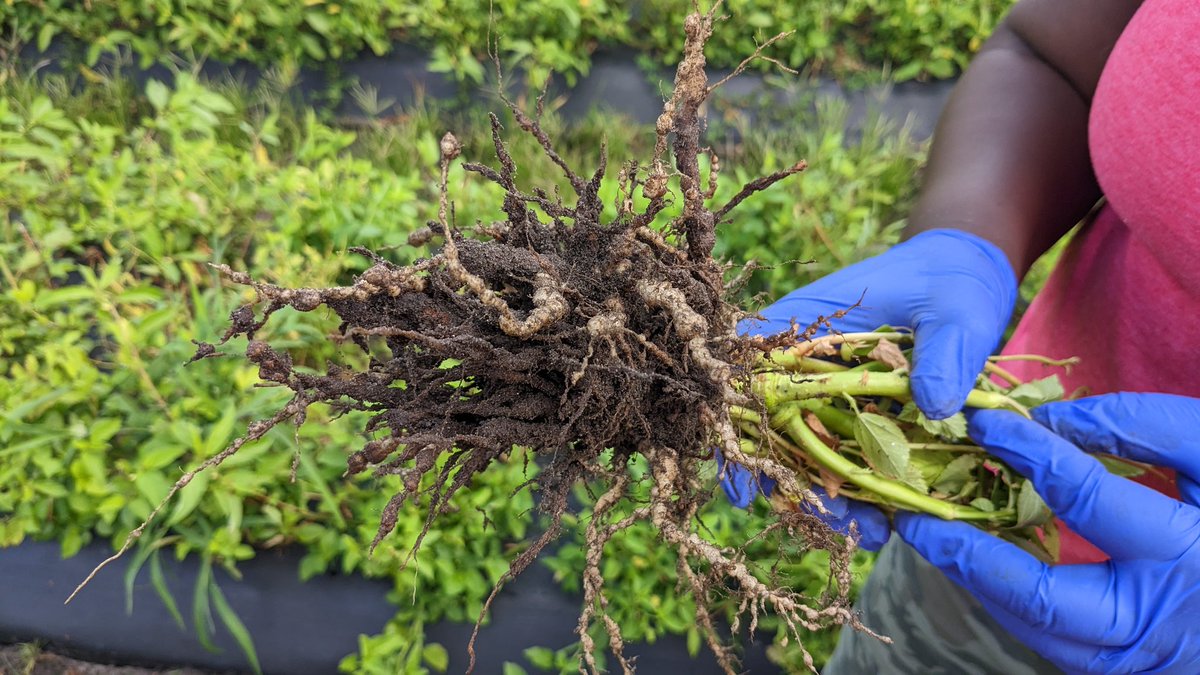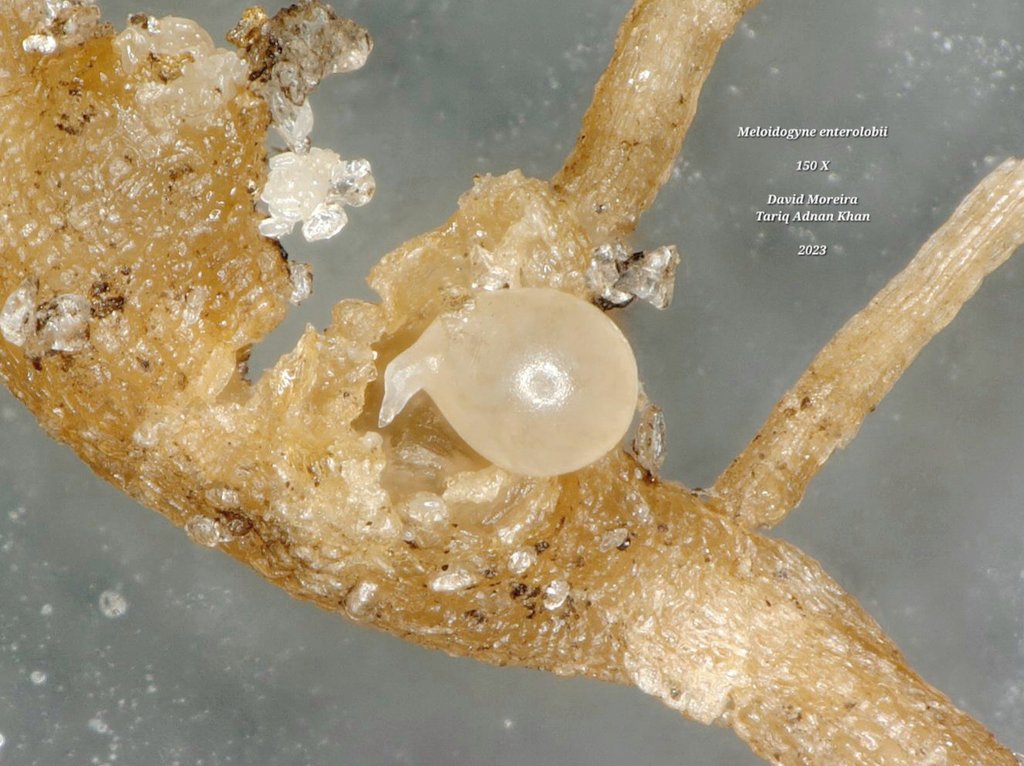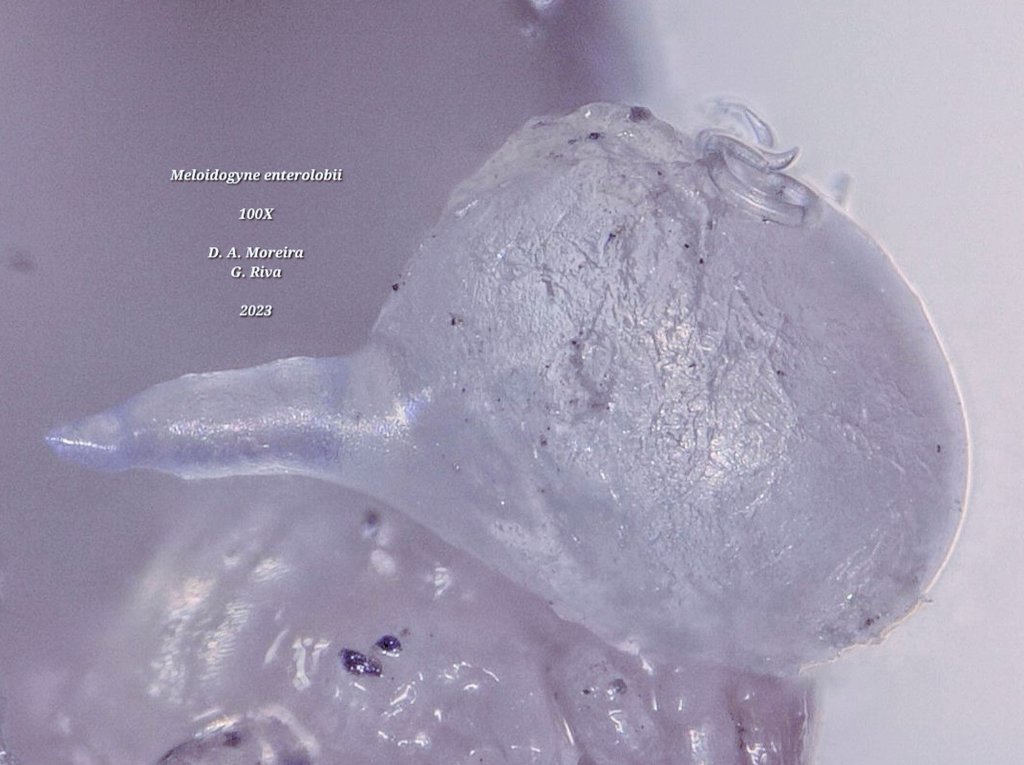
FINDMe
@findmenematode
Our goal is to reduce the vulnerability of growers to the emerging agricultural threat posed by M. enterolobii
ID: 1224354748557479936
https://www.findmenematode.org/ 03-02-2020 15:31:47
90 Tweet
366 Followers
72 Following

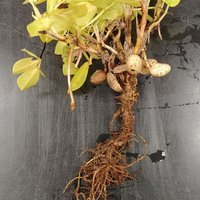


Some of our favorite nematology people at #SON2023 in Ohio @AdrienneGorny Paula Agudelo Zane Grabau William Rutter Dr. Intiaz Amin Chowdhury





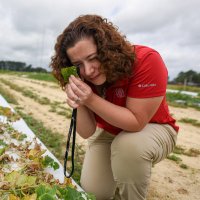
Very excited to see these news! Hunter Collins in our lab did so much work with Salibro/Reklemel in #sweetpotato years ago, glad it will soon be a tool for our growers and @AdrienneGorny when facing M. enterolobii NC SweetPotatoes NC State Extension N.C. Plant Sciences Initiative The IR-4 Project FINDMe










